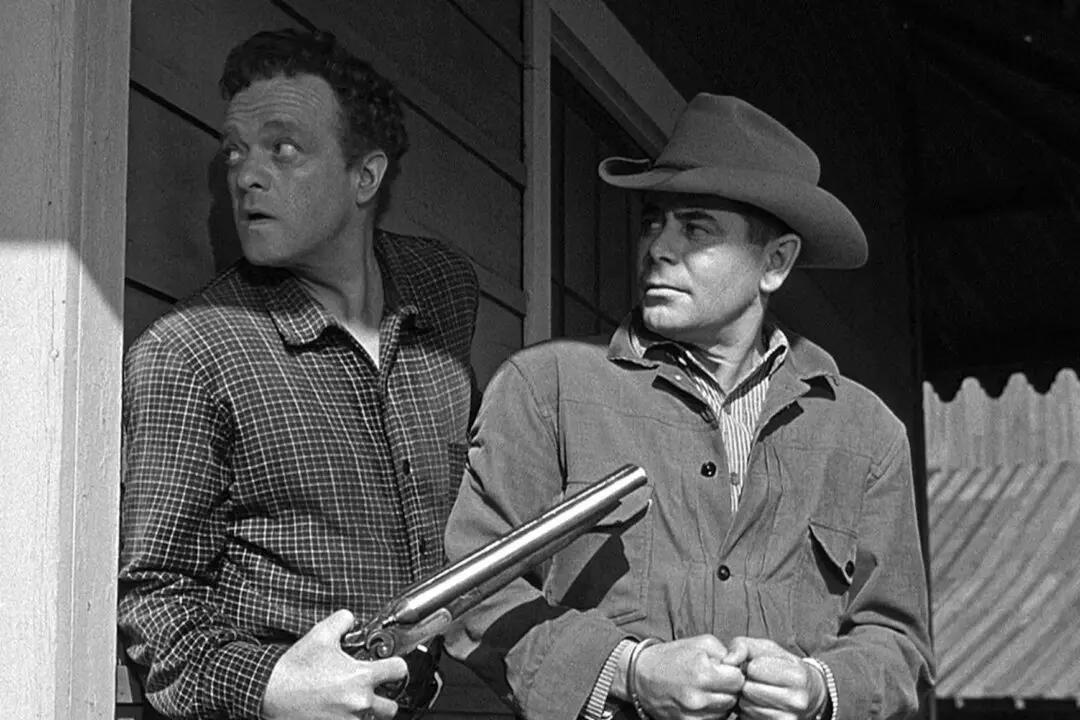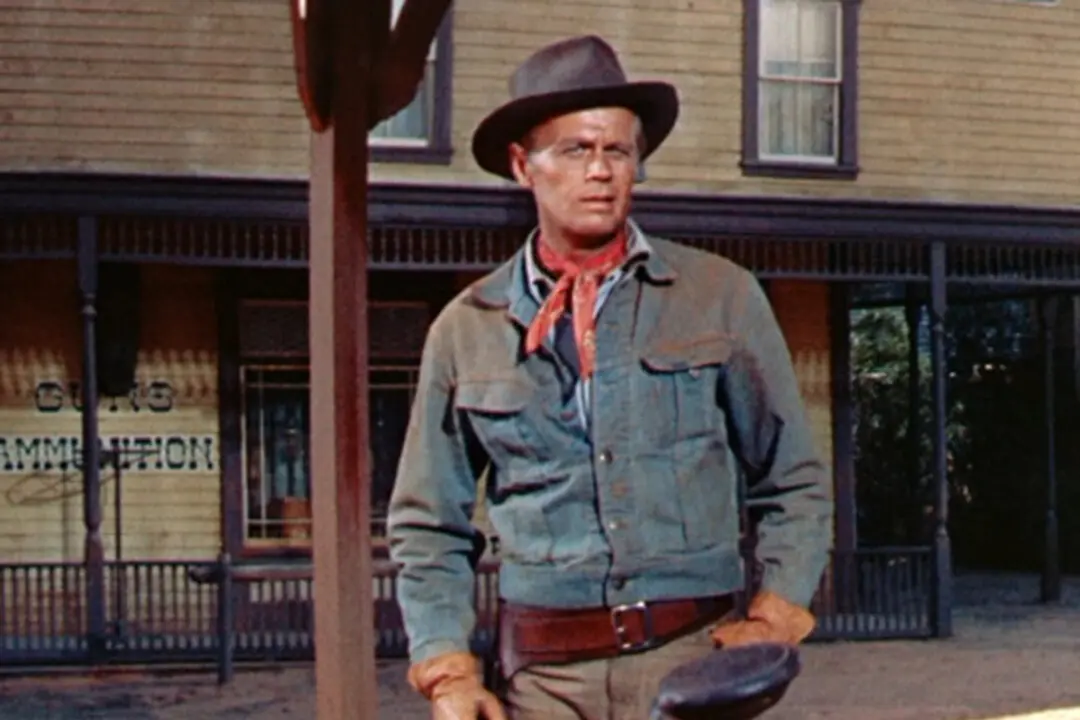1951 | Not Rated | 1h 51m | Drama, Romance, War
When it comes to war movies, submarine warfare films can be some of the most intense ones to experience. Some of that intensity is due to the physical confines of submarines themselves—relatively cramped conditions where men of war must learn to live together while working toward a common goal.





